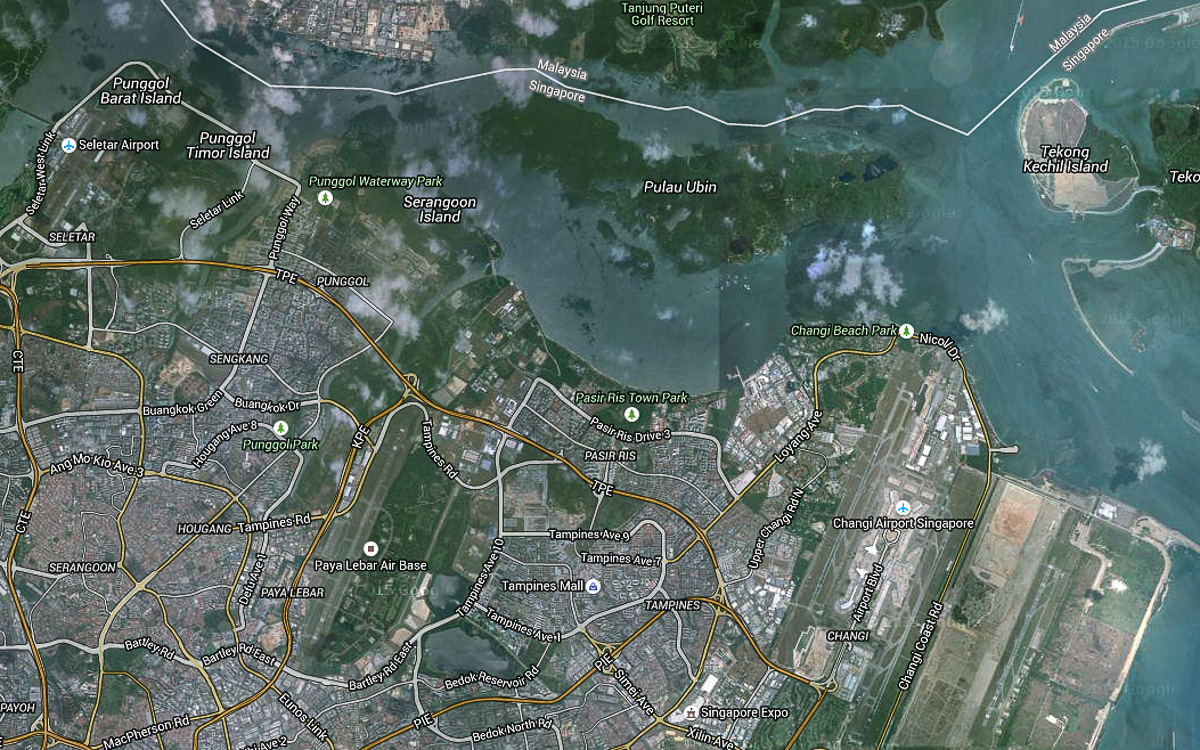Seletar Airport was the first airbase built in Singapore with some of its infrastructure and facilities dating to the pre-World War II era. In 2007, the Seletar Aerospace Park (SAP) project was launched and plans to upgrade Seletar Airport into a modern airport were announced.
Milestones since 2007
- Upgrading and redevelopment works commenced in 2008.
- The extension of the runway from 1592 metres to 1836 metres providing an additional 250 metres, was completed in September 2011.
- The new control tower on the east side of the runway was completed in January 2012, replacing the old control tower built before World War II.
- The provision of 21 additional parking bays at the airport’s East Apron raises the total number of parking bays to 58, an increase of 50%.
- A new fire training ground at the end 2014 to enhance the Airport Emergency Service and improvement in Ground handling operations will support the positioning of the airport as an important regional base.
- On-going apron resurfacing work and further runway extension will further enhance the capabilities of the airport to handle a wider range of aircraft.
Other developments are lined up to position the airport as a base for private jets with a lounge and separate handling area for passengers in a new terminal slated for opening in mid-2017. The location of the new terminal has not been confirmed, but it has been speculated that it will be located close to the new Control Tower.
The new two storey terminal will replace an existing single storey structure providing food and beverage outlets, currently not available. With the opening of the new terminal, Seletar Airport, which now handles mainly private and pilot training flights, will also be able to serve turboprop operators who will have to move out of Changi Airport.
The movement of turboprop operations away from Changi Airport to cope with an increasing number of flights and passengers may be considered necessary by the airport administration but unless accessibility options are increased, there will be considerable inconvenience to passengers.
While private jet customers are unlikely to be greatly impacted, those customers wishing to take a lower cost flight will face a journey of at least 30 mins from Changi or 20 mins from the city. The only currently available options are private transport, taxi or by Public bus. The closest MRT station is Serangoon MRT Station (North East Line) from which passengers would have to connect with bus service 103 from Serangoon Bus Interchange.
Malaysian budget carrier Firefly is currently the only airline at Changi that flies turboprops and provides a popular service for passengers wishing to fly into regional airports in Malaysia at Subang Skypark, Ipoh and Kuantan not serviced by jet aircraft.
An official statement will be sought from the airline when more details become available.
photo credit – Google







This Post Has 0 Comments